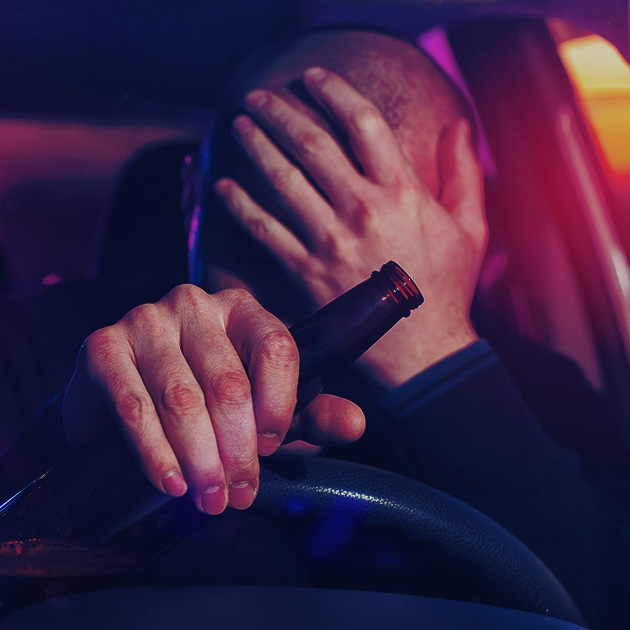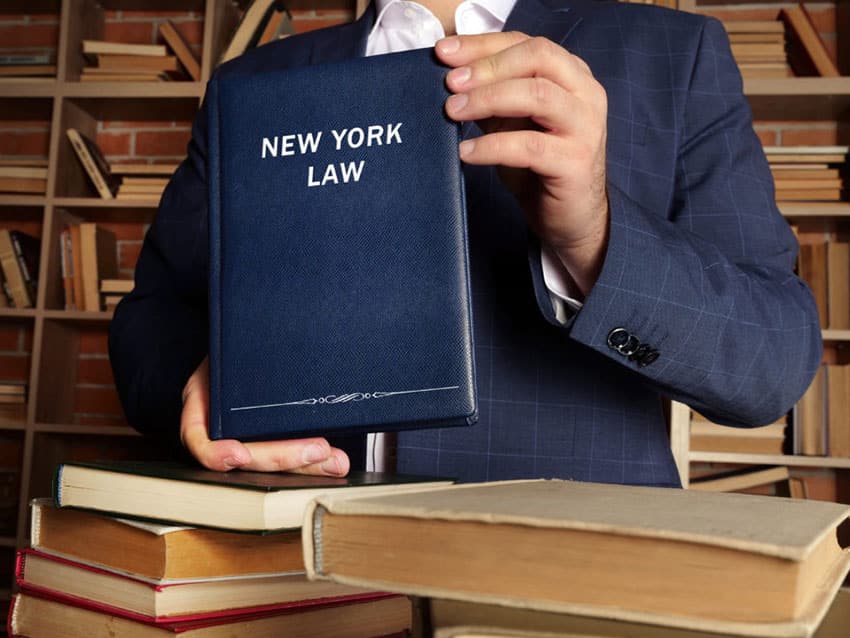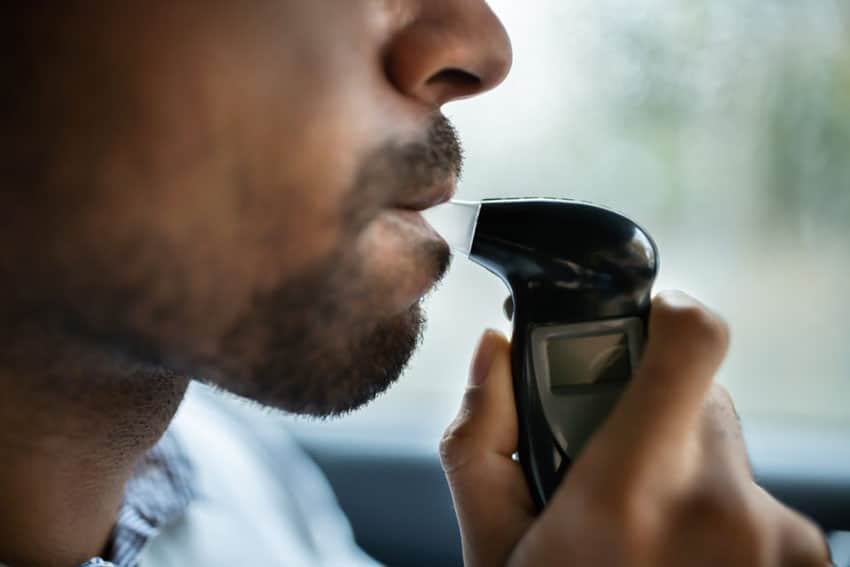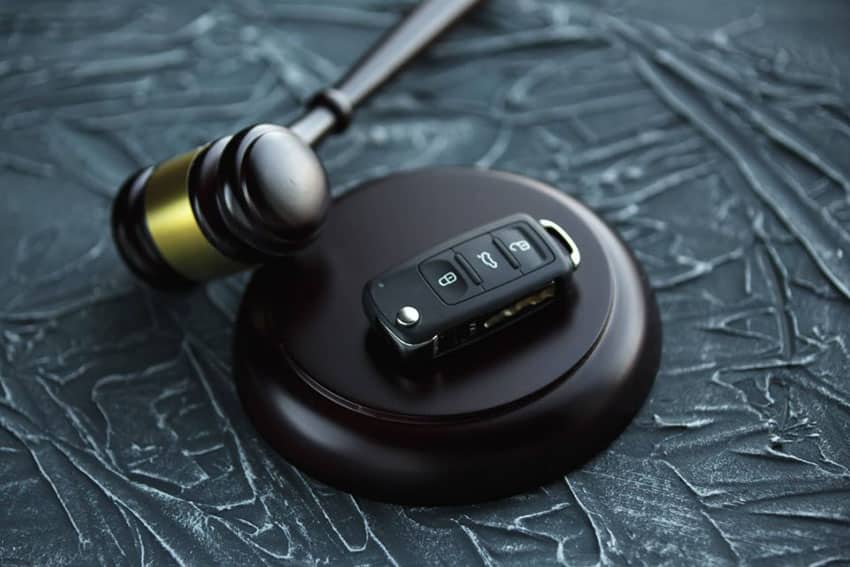Driving requires attention, skill, and, most importantly, sobriety. Unfortunately, not all drivers adhere to this last principle, posing significant risks to themselves and others on the road. Drunk driving remains a critical concern across the nation, leading to countless accidents and tragedies each year. As vigilant citizens and responsible drivers, it’s crucial to recognize the signs of impaired driving to help prevent potential accidents. Here’s how to spot a drunk driver and what actions you can take to ensure road safety.
Recognizing the Signs
Drunk or impaired drivers exhibit certain behaviors that can alert observant drivers to potential danger. Keep an eye out for the following signs:
- Swerving or Weaving: Difficulty in maintaining a straight line is a classic indication of impaired driving. Alcohol and drugs can severely affect a driver’s concentration and ability to focus, leading to noticeable swerving or zig-zagging across lanes.
- Erratic Speed Changes: Look out for vehicles that accelerate or decelerate quickly without apparent reason. This includes tailgating, erratic braking, and driving significantly below the speed limit, indicating a driver’s struggle to gauge speed and distance accurately.
- Inconsistent Signaling: An impaired driver may use turn signals that do not align with their driving actions, such as signaling left but turning right or not signaling at all.
- Ignoring Traffic Laws: Serious violations like driving without headlights at night, making illegal turns, or driving on the wrong side of the road are red flags. These actions suggest a need for more awareness or disregard for standard driving practices.
- Close Calls: Near misses with objects, curbs, or other vehicles can indicate impaired judgment and reduced reaction times, hallmarks of an intoxicated driver.
What to Do If You Spot an Impaired Driver
If you encounter a driver you suspect is impaired:
- Maintain a Safe Distance: Keep as far away from the suspected vehicle as possible to avoid accidents. Do not attempt to pass the vehicle or signal the driver, as this may lead to unpredictable and potentially dangerous reactions.
- Gather Details Safely: If you can do so without compromising your safety, try to note the license plate, make, model, and color of the vehicle.
- Report to Authorities: Call 911 and provide them with the details of the car, its location, direction, and specific behaviors that led you to believe the driver is impaired. Leave the rest to law enforcement professionals trained to handle such situations.
Conclusion
While we all hope for safer roads, the reality is that drunk drivers are an ongoing risk. By learning to recognize the signs of impaired driving and knowing the appropriate actions to take, you contribute to the safety and well-being of all road users. Remember, your primary responsibility is to ensure your safety and that of your passengers. Reporting suspected drunk drivers is a civic duty that can save lives. Still, it should never come at the expense of your safety. If you’re involved in an incident with a suspected drunk driver, consider consulting with a legal professional specializing in DWI cases, like the experienced team at The DWI Team, to ensure your rights are protected and justice is served.








